What Is The Coffee Belt And Where Is It Located?
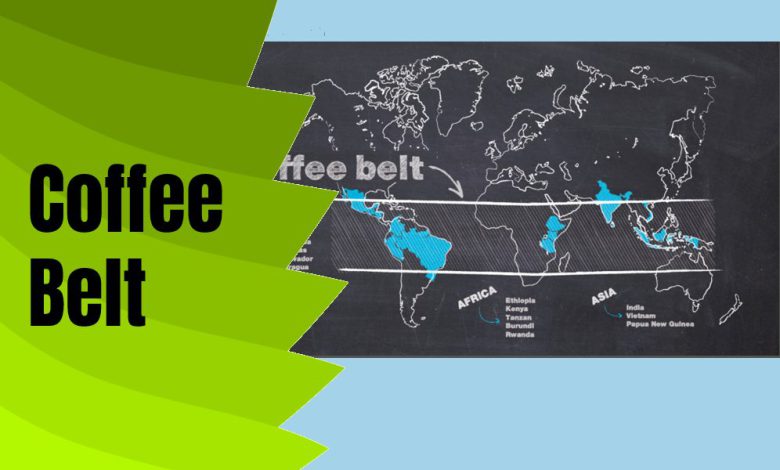
Do you know which regions represent the coffee belt?
You’ve heard a lot about the differences between coffee flavor and taste profiles. For this reason, you know about the impact of purchasing the best coffee seeds to brew a unique drink.
Today, as a fresh and flavorful beverage, many people consume coffee in their daily diet. But, they may have many questions about the regions that coffee beans come from.
The term coffee belt can help you to have a better understanding about the regions that are among the major producers of coffee seeds in the world. Therefore, it can be an interesting subject to discuss about the main coffee-producing countries and their location in different continents all over the globe.
How the farmers produce their beans and where in the world the coffee plants are growing are the main topic that we want to discuss about it a bit more.
To give you a better understanding, we are going to talk about the term coffee belt and its importance in coffee growing industry.
Contents
- 1 Which regions represent the coffee belt?
- 2 Honduras – A Small Country with Abundant Coffee
- 3 4 main areas of growth
- 4 Why is there a coffee belt?
- 5 Can coffee grow outside the bean belt?
- 6 What countries are involved in the coffee industry?
- 7 Which country is famous for coffee beans?
- 8 Is Japan in the coffee belt?
- 9 Special Characteristics of Arabica
- 10 Environment and Sustainability in the Coffee Belt
- 11 Final thought
Which regions represent the coffee belt?
The diverse geography of coffee gives us different types of seeds that are harvested from coffee plants all over the globe in different continents. They add value to the beverages that we enjoy them a lot.
Perhaps, for every region or country that represents a part of coffee belt, we need a separate article to discuss about the properties or unique flavor profile of different beans.
But to answer the question about the regions representing the coffee belt, from a more general point of view, 3 coffee producing region in the world are important in global markets. They are located in:
- Asia
- Central and South America
- Africa
Why learning about coffee belt is important?
Today, people want to know from where the products come from. They want to know where their money is going. Therefore, coffee origin is an interesting topic for many people and especially coffee lovers.
How many countries are in the coffee belt?
Over 50 countries in the coffee belt are producing coffee beans. But, their coffee production varies a lot and therefore the volume of their production or the value of their export to global markets is not the same.
For example, Bolivia or Jamaica produce a small quantity of coffee seeds in their country. But, on the other hand, Brazil or Vietnam produce a large volume of coffee in their country and export a large portion of it to the global markets.
Perhaps, you’ve heard about Colombian coffee and know about its unique flavor. Colombia is another well-known coffee producer in the world that is in the coffee belt.
Which country matters more
Some professionals believe that all the countries that are representing the coffee belt, whether they have a large coffee output or produce it in small quantity, matter a lot.
Because, each of them produce a coffee seed with a unique characteristic. Also, they all contribute in global coffee production. Therefore, as a coffee lover, you may need to learn about all of them.
Why beans from different regions in coffee belt have their own unique flavor?
Coffee producing countries have different conditions and this can lead to the beans to vary a lot. But, keep in mind that even in each country, we have many different qualities. Why?
There are several factors that makes coffee beans different:
soil
The soil is an important factor in growing coffee plants. Therefore, each soil can give a different seed.
water
After soil, water composition or altitude are two important factors in growing coffee.
Microclimate
This is an important element in having unique flavor in several regions.
Coffee varieties
Flavor profile of coffee can change by bean varieties. Therefore, in different regions, countries, and even farms, we may have different products.
Honduras – A Small Country with Abundant Coffee
Honduras is an intriguing country when it comes to coffee. Despite being a very small nation, it ranks among the top 6 major coffee producers in the world. But it’s not just the quantity that’s astonishing; the quality is remarkable as well. Both farmers and the government have shown a strong interest in coffee cultivation in the region, even though the cultivation of Robusta was prohibited for a while. It’s often claimed that Robusta has lower quality compared to Arabica.
4 main areas of growth
Brazil, with approximately 2,964,538 tons per year, holds the top position among coffee-producing countries. Following Brazil are Vietnam with 1,461,000 tons, Indonesia with 698,900 tons, and Colombia with 653,160 tons. Additionally, specialty coffees like Hawaii Kona, which only grows in the highlands of 1,200 to 1,600 meters in Hawaii, are significant. Jamaica, with its Blue Mountain coffee, is a supplier of flavorful coffee beans, as is Peruvian Highland coffee, which grows at altitudes of 1,320 to 1,750 meters.
Why is there a coffee belt?
As you know, for growing agricultural products, there is a need for certain growing conditions, like the required temperature, air condition, soil, water, etc.
Coffee belt represents the countries that have suitable condition for growing coffee plants.
But, not all the countries in the coffee belt have perfect conditions for growing coffee. For this reason, from around 70 countries that are along the coffee belt, less than fifty countries can produce coffee beans with the expected quality.
Can coffee grow outside the bean belt?
We cannot say that growing coffee plants outside the coffee belt is impossible. But, having the unique flavor or best quality coffee beans is not always possible. On the other hand, nearly all the beans sold in global markets have been harvested from the regions that are in the coffee belt.
What countries are involved in the coffee industry?
As we mentioned above, nearly 50 countries are involved in the coffee industry. They are located in different regions from Asia to Africa and America.
Central and South America characteristics
Brazil and Colombia are two key producers of coffee seeds in South and Central America. But, the countries like Honduras, Costa Rica, Bolivia, Ecuador, Guatemala, Peru, Mexico, and Venezuela are involved in the industry in Central and South America.
Coffee beans from Central and South America have a chocolaty flavor with a mild acidity. Therefore, if you prefer to have a nutty flavor with caramel tones, the beans produced in this region are perfect for brewing a fresh and flavorful drink.
Africa coffee producers
Countries involved in the coffee industry in Africa produce fruitiest beans that have a vivid floral note. A winey flavor profile with a pleasantly bright acidity is another important note about African coffees.
In fact, coffee originated from Africa and countries like Ethiopia and Kenya are the main producers of coffee in the continent.
Ruanda, Uganda, and Burundi are also coffee-growing countries in the coffee belt. They produce beans with a delicate aroma and floral taste that makes them highly prized in global markets.
Asian coffee producers
Vietnam is the most well-known producer involved in the coffee industry. But, in Asia, you can find more than 15 coffee-growing countries. Indonesia and India are the two main producers of earthy coffee with deep flavor.
Asian coffee has a full body and offers a deep chocolaty taste. Vietnam and Indonesia are the two main exporters of coffee beans in Asia that are famous in global markets.
Indonesian coffees come from islands like Java and Sumatra. It is worth mentioning that many coffee professionals believe that their coffee is perfect for dark roasting.
Which country is famous for coffee beans?
Brazil is the biggest coffee producer in the world and ranks first by having more than 30 percent of the market share.
Vietnam is the second largest producer of coffee beans in the globe by around 15 to 20 percent of market share. After Vietnam, Colombia is the third largest producer of coffee seeds in the world.
After them, in 2020, the largest producers of coffee beans are as follows:
- Indonesia
- Ethiopia
- Honduras
It’s worth to note that India, Uganda, Mexico, and Peru were among top ten coffee producers in the globe.
The more important note is that the biggest producers of coffee beans are not necessarily the exporters of the highest quality products. In fact, many professionals believe that Colombian coffee has the highest quality in global markets.
But, countries like Ethiopia, Guatemala, and Costa Rica also have high-quality products. Even the Arabian Peninsula and Jamaica are also high-quality coffee producers.
Best Arabica coffee producer in Coffee belt
Arabica is the most popular type of coffee that is being produced globally. Colombia and Ethiopia are between high-quality Arabica producers in the globe. This variety is sweeter and has a unique flavor that makes it more expensive.
Best Robusta coffee producer
Vietnam is the largest producer of Robusta beans in the world. More than 40 percent of global Robusta coffee production is harvested in this country. The important note about the Robusta is the coffee yield in farms that is considerably higher than Arabica beans.
Is Japan in the coffee belt?
Japan is among the top importers of coffee beans in the globe. This means that coffee production in Japan is much lower than domestic needs. But, it has unique coffee-growing farms that brings exotic beans.
Therefore, by considering the amount of coffee production and import to the country, we can say that Japan can be considered as a small producer of coffee.
Special Characteristics of Arabica
Arabica coffee plants take 7 to 9 months from flowering to harvesting. Arabica plants are self-pollinating. They thrive best at altitudes between 400 to 2,100 meters above sea level, with temperatures ranging from 18 to 25 degrees Celsius and high humidity. Generally, Arabica plants require an annual rainfall of 1,000 to 2,000 millimeters per square meter. The caffeine content of the beans ranges from 0.8 to 1.5 percent, and their fat content varies from 15 to 18 percent. The taste is described as being bitter, fruity, and floral. This type of coffee is grown in the following regions:
- Brazil
- Mexico
- Panama
- Costa Rica
- Guatemala
- Nahu
- Peru
- Bolivia
- Venezuela
- Colombia
- Paraguay
- Nicaragua
- Dominican Republic
- Zaire
- Ethiopia
- Kenya
- Burundi
- Zambia
- Rwanda
Environment and Sustainability in the Coffee Belt
Given the rise in global warming and the resulting water scarcity, essential actions must be implemented in the coffee belt countries. This also includes ensuring the security of those working in coffee farms. In 76 coffee-producing countries, over 100 million people make a living from the coffee industry. However, challenges like climate change and agricultural land scarcity pose significant hurdles for coffee production.
Therefore, sustainable coffee cultivation must gain more importance than ever. This is the only way to protect the environment and improve living and working conditions in developing countries within the coffee belt. For this reason, non-governmental organizations (NGOs) and leading coffee companies are increasingly working towards introducing and adhering to economic, social, and environmental standards. Nowadays, 26 percent of the global coffee market volume comes from certified cultivation. Quality seals like “Fair Trade,” “UTZ CERTIFIED,” and “Rainforest Alliance” have also proven to help consumers make ethical choices.
Final thought
Several regions are in the coffee belt. They produce coffee for millions of people all around the world.
We had a glance at the main producing countries in Africa, Asia, and South and Central America to help you have a better understanding of the key players involved in the coffee industry.
More than 50 countries are in the coffee belt and many of them can grow coffee plants.
But, the important note is that the volume or quality of yields in each country is different. For this reason, only several countries are considered amount top coffee producers that are supplying the demands in global markets.
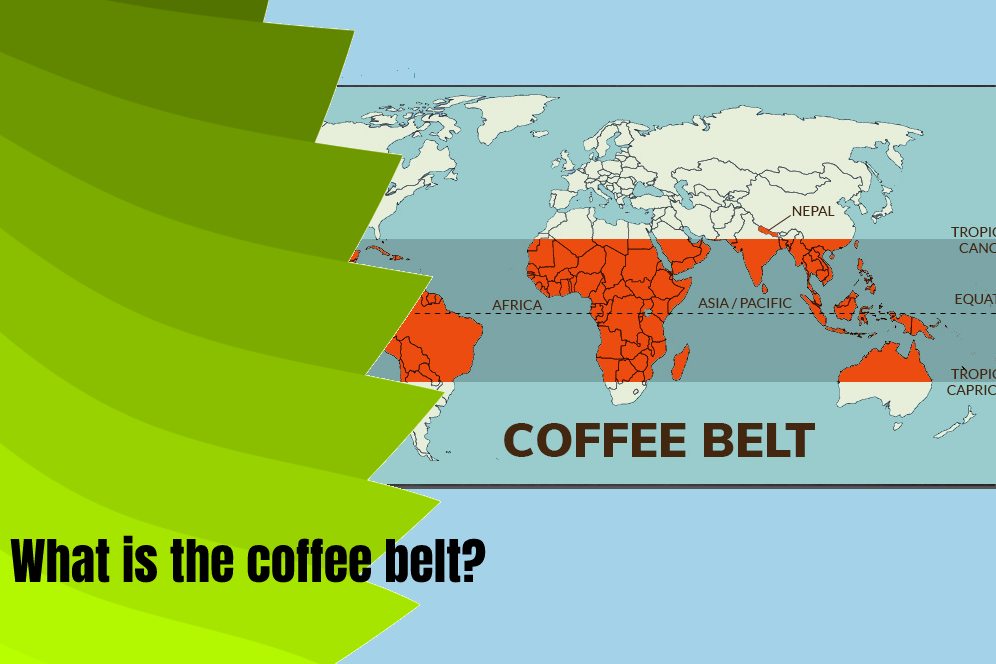
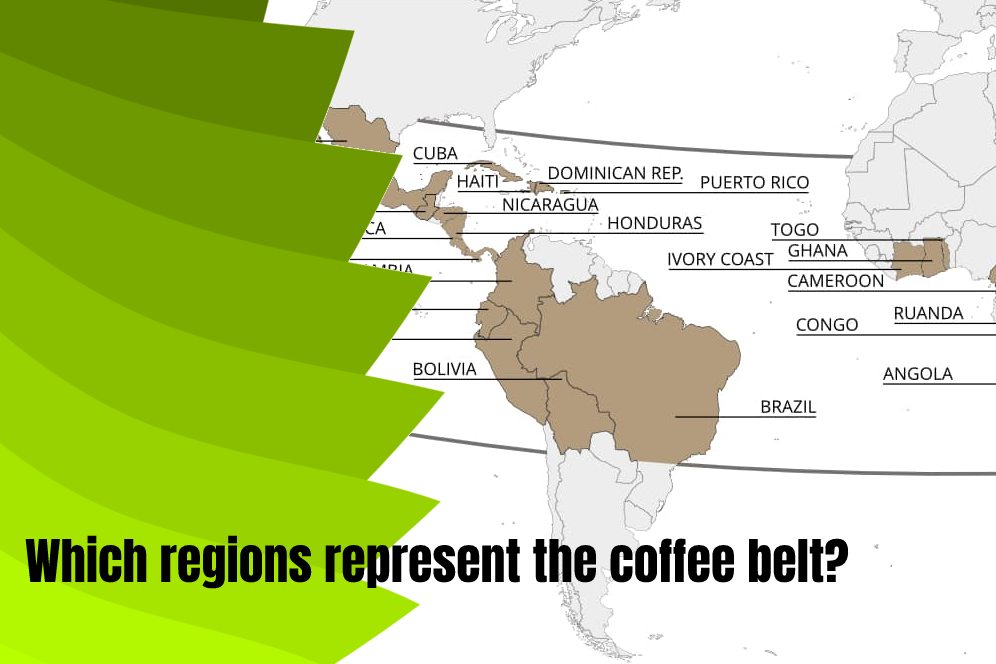
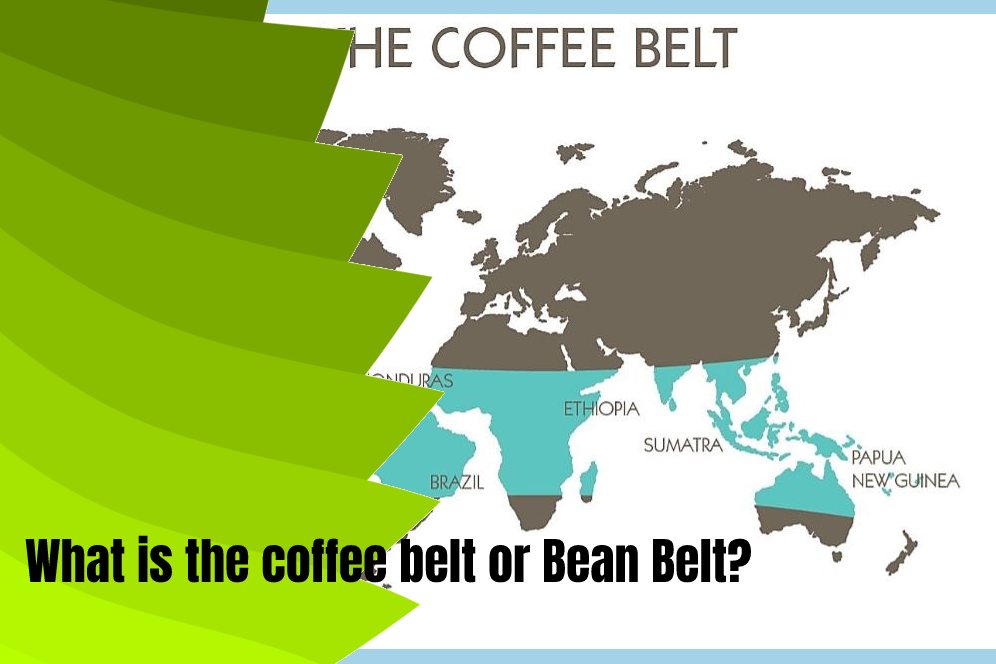
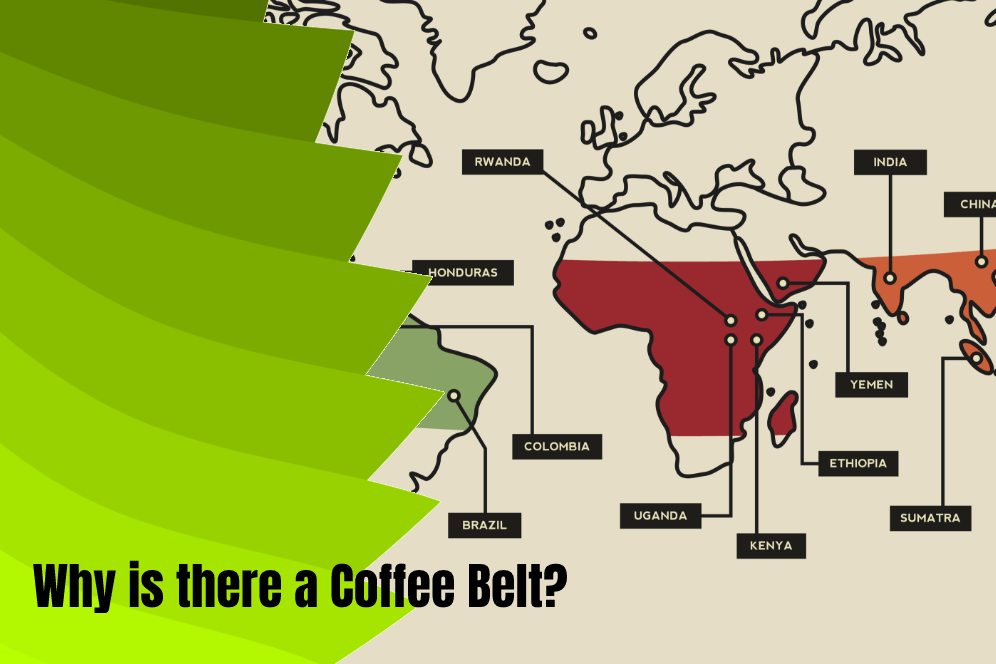




I need to to thank you for this good read!! I certainly loved every bit of it. I have you bookmarked to check out new stuff you postÖ